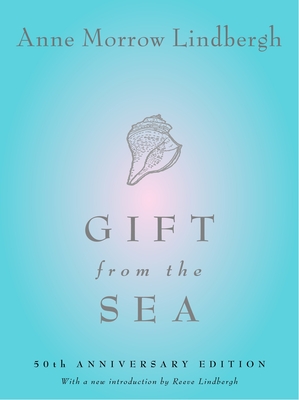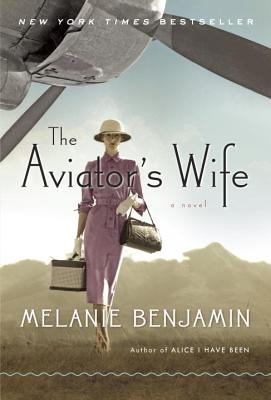My sister introduced me to the book, Gift from the Sea
by Anne Morrow Lindbergh when I was in my early 40s. The short essays
developed around seashells as symbols had become a classic, a meditative
guide for women, young and old, on ways to find tranquility in daily
life. Many women ‘gifted’ it to sisters and daughters as a guide to
sources of inner strength, a reflection on the essence of ‘woman coming
of age.’ The essays spoke to me as I struggled with similar demands.
Its popularity, ironically, coincided with the appearance of the
controversial publication, The Feminine Mystique, a title that would expose contemporary treatment of women.
What a shock it was to discover, in reading Melanie Benjamin’s newly released fictionalized biography, The Aviator’s Wife,
that this same woman, Anne Lindbergh, spent most of her life in Charles
Lindbergh’s shadow, grieving secretly after the tragic and highly
publicized murder/kidnapping of their first son, bearing five more
children with little of the support her
famous husband displayed to the
world. She was an accomplished aviatrix, a pioneering adventurer and a
stalwart companion to her husband and, ironically, she accepted his
tyrannical control over the household and even silently acquiesced to
many of his unreasonable demands, including keeping family details
secrets from their children.
Told
in Anne’s voice, the story is sensitive and even courageous, in this
telling, drawing the reader into an ever more inward spiral of
domination and isolation. Culminating with a heroic event and some
small degree of come-uppance this depiction is filled with both a deep
sense of helplessness and, on the other extreme exhilaration couched in
the reserve required by upper class protocol.
This
famous wife of an American hero bore all of the limitations imposed by
the gender gap.
Coincidentally, it displays many similarities with two
other recent depictions of wives of famous American artists, Loving Frank, (story of the wife of Frank Lloyd Wright) by Nancy Horan and The Paris Wife, (story of the Hadley Richardson, first wife of Ernest
Hemingway) by Paula McLain.
 These
real-life examples are compelling stories illustrating the
significance, once again, of the ‘feminine mystique’ so graphically
depicted in the classic study by Betty Friedan. Celebrating it’s 50th anniversary
of publication this year, The Feminine Mystique bears re-reading for
its historical value and as a reminder of the role assigned to women
evolving from the 1930s through the year of publication, 1963. We are
still realizing the consequences.
These
real-life examples are compelling stories illustrating the
significance, once again, of the ‘feminine mystique’ so graphically
depicted in the classic study by Betty Friedan. Celebrating it’s 50th anniversary
of publication this year, The Feminine Mystique bears re-reading for
its historical value and as a reminder of the role assigned to women
evolving from the 1930s through the year of publication, 1963. We are
still realizing the consequences.
--Betty


No comments:
Post a Comment